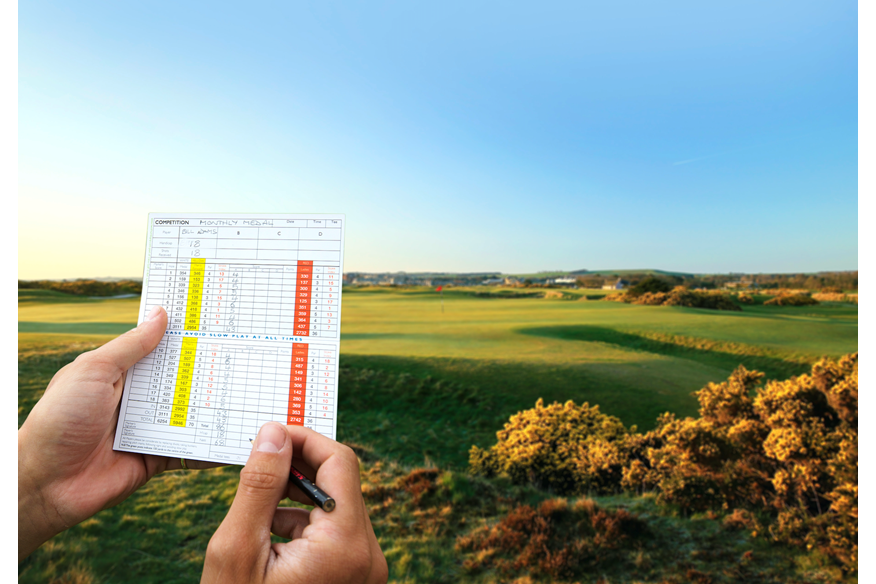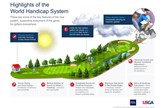What the new World Handicap System means for you
Last updated:
How to get yourself ready for the new World Handicap System
For several countries around the world, the World Handicap System came into effect on January 1, 2020. But while it won’t be implemented in the UK until November 2, 2020, it’s still worth getting prepared for the change.
Martin Slumbers, R&A Chief Executive, said: “We want to make it more attractive to golfers to obtain a handicap and strip away some of the complexity and variation which can be off-putting for newcomers. Having a handicap which is easier to understand and is truly portable around the world can make golf much more enjoyable.”
The new system aims to do away with buffer zones and CSS, and provide a more accurate reflection of your current playing ability by calculating your handicap based on your best eight of the last 20 scores. Competitive and recreational rounds, played over nine or 18 holes, will count towards handicap, of which the maximum limit will be 54 for everyone.
To keep things fair, your playing handicap will be adjusted daily, based on the weather conditions and difficulty of the course, while anyone caught trying to cheat the system with a No Return can now be issued with a penalty score.
What the new World Handicap System means for you?
◆ The maximum handicap limit is 54.0, regardless of gender.
◆ Your handicap will be average-based from the best eight of the last 20 scores. England Golf report that the handicap index of most players will be within one stroke of their current CONGU handicap.
◆ A player will need to be a member of a club and return 54 holes worth of scores to be allocated an initial Handicap Index. Any combination is acceptable over nine or 18 holes.
◆ If a player has an existing handicap record, that will be used to generate their first handicap index.
◆ Once a player is allocated an index based on 54 holes, the system will start to build the record based on an adjusted average, relative to the number of scores that have been submitted.
◆ As long as you retain membership of an affiliated golf club designated to manage and maintain your handicap, your handicap will remain valid.
◆ To maintain an accurate handicap, it is recommended that players should return at least 20 scores over a two-year period.
◆ All singles competition scores must be submitted, but you will have the choice to submit social/recreational rounds as well. All scores will have to be pre-registered.

◆ A maximum hole score of net double bogey (for handicapping purposes only) will remain in place.
◆ If a player pre-registers a round but fails to return their card, the score will be classed as a No Return (NR). However, should the score be known, it will be posted by the Committee. If unknown, the Committee has discretion to apply a penalty score if the NR was for the purposes of manipulating a handicap.
◆ Your handicap will change depending on the course’s slope rating. This will indicate the difficulty of a golf course for the ‘bogey’ golfer relative to the scratch player.
◆ If you are playing a harder course (determined by slope rating), you may get extra shots, and if playing an easier course, get less.
◆ Each set of tees will have a course rating and slope rating. These will be displayed at the club, either in the pro shop or by the first tee/starter’s box. It will also be available on the England Golf website.
◆ Handicaps will be adjusted at the end of each day, using a Course Conditions Adjustment (similar to CSS). This will look at how players have performed compared to their expected performance on that golf course.
◆ An annual handicap review will still apply.
What is slope rating?
Slope rating is the difference between the course rating for a ‘scratch’ golfer and the course rating for a ‘bogey’ golfer multiplied by a factor. In effect, this will indicate the difficulty of a golf course for a ‘bogey’ golfer relative to a scratch golfer.


